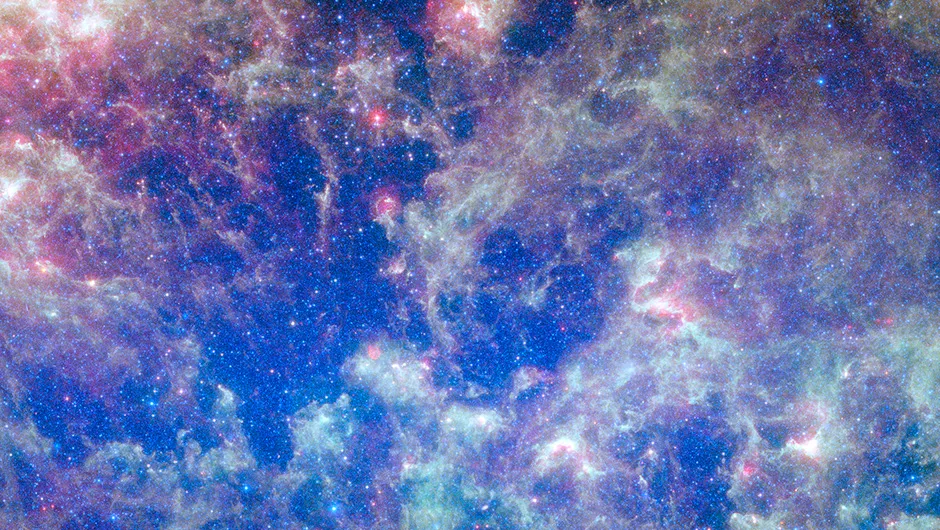One of astronomy’s vital models for learning how the Universe and its stars evolved may have to be revisited, following a new discovery. Astronomers have discovered a star cluster that contains a younger generation of newly-formed stars amongst older ones.
Star clusters are groups of stars held together in clumps by gravity, and current models of stellar evolution work on the basis that all the stars in a cluster formed from the same material at the same time, more or less.
This discovery of younger generations of stars in an older cluster could force astronomers to get back to the drawing board.
A study led by the International Centre for Radio Astronomy Research in Perth, Australia, looked at star clusters in one of our neighbouring galaxies, the Large Magellanic Cloud.
A total of 15 candidates were found for stars that may be younger than those found elsewhere in their home clusters.
Initially, the team suspected this may be explained by cosmic gas entering the cluster and causing a new burst of star formation, but radio telescope observations revealed no relationship between hydrogen gas and the star clusters’ locations.

“We believe the younger stars have actually been created out of the matter ejected from older stars as they die, which would mean we have discovered multiple generations of stars belonging to the same cluster," says Dr Kenji Bekki, co-author of the study.
Currently, the stars are covered in gas and dust and can only be seen in infrared by using the NASA Spitzer Space Telescope and ESA's Herschel space observatory.
But the authors of the study hope that as the stars grow, the gas and dust will blow away, meaning the powerful Hubble Space Telescope, which observes in optical light, should be able to observe the young and old stars and confirm whether the team’s discovery is correct.
